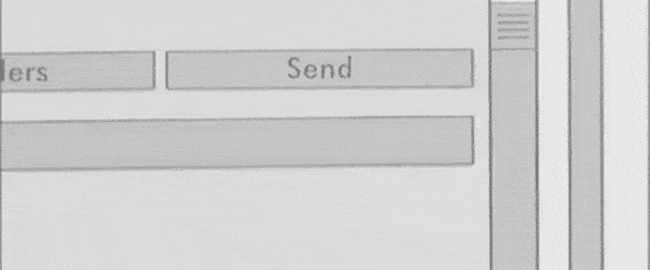
(Raúl Nájera/Unsplash)
It’s strange to think that I knew what Substack was as soon as it was put in front of me. But I did—it was an attempt to wrap email in a platform, with promising initial promises, but the goal of strengthening Substack itself.
Sure, there were a lot of things about Substack that looked good at the outset—the fact that they effectively gave the platform away for free was a vast improvement over the model of charging money after you reached a certain subscriber size—but every new publisher that joined the platform, especially the big names, made Substack just a little bit stronger.
(Which is why, at some point, the big names started to get paid advances.)
Now, more than four years since Substack launched, the firm decided to do something small that, symbolically, represents something big: It released an app.
The app itself seems like a small gesture, whatever, every other company has an app, too, right? But when you load the app, it does something that makes you immediately questions its motives—it discourages readers from continuing to get messages in their email, instead relying on the app to read those messages. (Edit: They appear to have changed this opt-in to an opt-out. Perhaps because of backlash exemplified by pieces like this one?)
Let’s be clear: The issue here is not with where people access your content; if someone wants to read your newsletter in an RSS feed or a newsletter reader app, let them. No, the problem here is that Substack is finally starting to put up gates on the walled garden it created around the open platform, and for any publishers that rely on Substack, that is not the place that they want to be.
In an interview with Casey Newton’s Platformer, Substack CEO Chris Best attempted to take steps to clarify the company’s stance on email, which sort of feels like a way of justifying why an app like this needs to exist.
“Email is great for all of the reasons it has always been great,” Best told Newton. “It’s low friction. It’s this direct connection where you can reach out, unmediated by the algorithm. But it’s obviously not the best version of that reading experience.”
But here’s the thing: When you reach a certain size or scale, as Substack arguably has, any attempt to push away from the original medium needs to be seen as an attempt to harm competitors, which in this case would be anyone else that distributes a newsletter on a platform that is not Substack. In some ways, this is sort of like Apple building in a tiny new feature that destroys someone else’s entire business model. Sure, it’s about improving the reading experience, but let’s be straight here: It’s really about closing off anyone else that didn’t buy into Substack’s specific vision of email newsletters.
And this doesn’t even get into the problems this potentially creates for newsletter authors. Leaving Substack is something that should be seamless. (Often, it’s not.) But by building an app that actively encourages people to stop receiving your messages over email, they’ve added seams, and as soon as they leave the platform, it adds friction that wasn’t there before. They’ve bolstered their position with this app, at the cost of the open internet. In my mind, that’s just as bad as putting some controversial voices on the platform that many people find problematic.
https://twitter.com/bmorrissey/status/1501568928799244290
Substack tried to justify this in its blog post announcing the app, writing this:
It is clear to us that these problems can’t be solved with a tweak to an algorithm or a just-so regulation. Instead, the entire system needs to change. With Substack, we have set out to build an alternative media ecosystem based on different laws of physics, where writers are rewarded with direct payments from readers, and where readers have total control over what they read. In this world, writers are rewarded for serving readers well, and Substack gets rewarded for serving writers well. The power is tipped in favor of the people, not the platform.
But if you ask me, the “alternative media ecosystem” I want to see is one where the platform doesn’t matter at all to the reader, where it’s just there to help the creator, not shape the final result. We have email and RSS already; we don’t need an intermediary.
If Substack wants to prove this point wrong and live up to the claim that this is just an easier way to read content, it has to open up that platform to everyone else with an email newsletter. If it doesn’t do that, all such justifications are hollow, and this is really a play to create platform exclusivity. It is not in the spirit of the email newsletter turn email newsletters into Medium.
I should note that in the case of this newsletter, I intentionally chose to put it on a platform so I would be better prepared to critique the market. So that you’re reading this on someone else’s land is a feature, not a bug. I’ve had a good relationship with Revue over the past year; even though they’re owned by Twitter, they operate independently, and seem to have taken steps to help their writers out. But if they pulled something like this, I would be gone in a second—and happy to self-publish these thoughts elsewhere.
Email should stay open. Building an app play halfway through isn’t in that spirit—no matter the justification.
Update: Substack appears to have turned off the feature that defaults to disabling emails, perhaps as a result of community backlash. This piece is updated to reflect that.
Time limit given ⏲: 30 minutes
Time left on clock ⏲: 15 seconds



